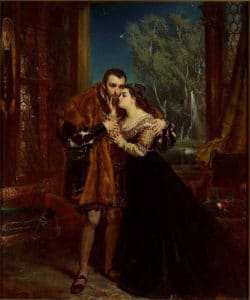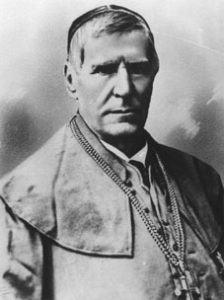
The Commonwealth reached its Golden Age in the early 17th century. Its powerful parliament was dominated by nobles who were reluctant to get involved in the Thirty Years’ War; this neutrality spared the country from the ravages of a political-religious conflict that devastated most of contemporary Europe. The Commonwealth held its own against Sweden, the Tsardom of Russia, and vassals of the Ottoman Empire, and even launched successful expansionist offensives against its neighbors. In several invasions during the Time of Troubles, Commonwealth troops entered Russia and managed to take Moscow and hold it from 27 September 1610 to 4 November 1612, when they were driven out after a siege.

In 1655, after the extinguishing battle, for the first time in history the Lithuanian capital Vilnius was taken by a foreign army. The Russian army looted the city, splendid churches, and manors. Between 8,000 and 10,000 citizens were killed; the city burned for 17 days. Those who returned after the catastrophe could not recognize the city. The Russian occupation of the Grand Duchy of Lithuania lasted up to 1661. Many artefacts and cultural heritage were either lost or looted, significant parts of the state archive – Lithuanian Metrica, collected since the 13th century, were lost and the rest was moved out of the country. During the Northern Wars (1655–1661), the Lithuanian territory and economy were devastated by the Swedish army. Almost all territory of the Grand Duchy of Lithuania was occupied by Swedish and Russian armies. This period is known as Tvanas (The Deluge).

Before it could fully recover, Lithuania was ravaged during the Great Northern War (1700–1721). The war, a plague, and a famine caused the deaths of approximately 40% of the country’s population. Foreign powers, especially Russia, became dominant in the domestic politics of the Commonwealth. Numerous fractions among the nobility used the Golden Liberties to prevent any reforms.
Russian Empire:
Eventually, the Commonwealth was partitioned in 1772, 1792, and 1795 by the Russian Empire, Prussia, and the Habsburg Monarchy.
The largest area of Lithuanian territory became part of the Russian Empire. After the unsuccessful uprisings in 1831 and 1863, the Tsarist authorities implemented a number of Russification policies. In 1840 the Third Statute of Lithuania was abolished. They banned the Lithuanian press, closed cultural and educational institutions and made Lithuania part of a new administrative region called Northwestern Krai. The Russification failed owing to an extensive network of Lithuanian book smugglers and secret Lithuanian home schooling.

After the Russo-Turkish War (1877–1878), when German diplomats assigned what were seen as Russian spoils of war to Turkey, the relationship between Russia and the German Empire became complicated. The Russian Empire resumed the construction of fortresses at its western borders for defense against a potential invasion from Germany in the West. On 7 July 1879 the Russian Emperor Alexander II approved a proposal from the Russian military leadership to build the largest “first-class” defensive structure in the entire state – the 65 km2 (25 sq mi) Kaunas Fortress. Large numbers of Lithuanians went to the United States in 1867–1868 after a famine.
20th and 21st Centuries:
1918–1939:
As a result of the Great Retreat during World War I, Germany occupied the entire territory of Lithuania and Courland by the end of 1915. A new administrative entity, Ober Ost, was established. Lithuanians lost all political rights they had gained: personal freedom was restricted, and at the beginning, the Lithuanian press was banned. However, the Lithuanian intelligentsia tried to take advantage of the existing geopolitical situation and began to look for opportunities to restore Lithuania’s independence. On 18–22 September 1917, the Vilnius Conference elected the 20-member Council of Lithuania. The council adopted the Act of Independence of Lithuania on 16 February 1918 which proclaimed the restoration of the independent state of Lithuania governed by democratic principles, with Vilnius as its capital. The state of Lithuania which had been built within the framework of the Act lasted from 1918 until 1940.
